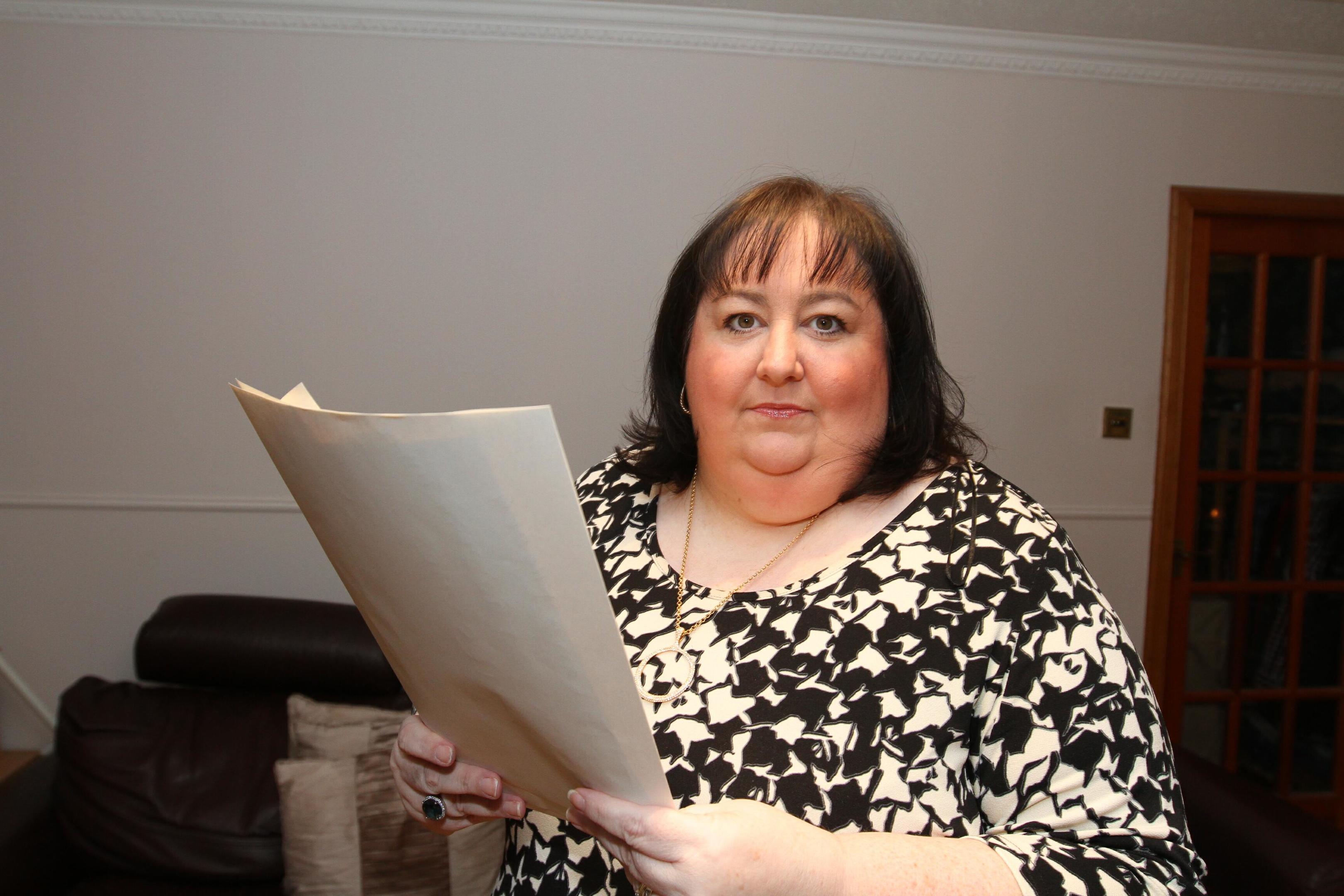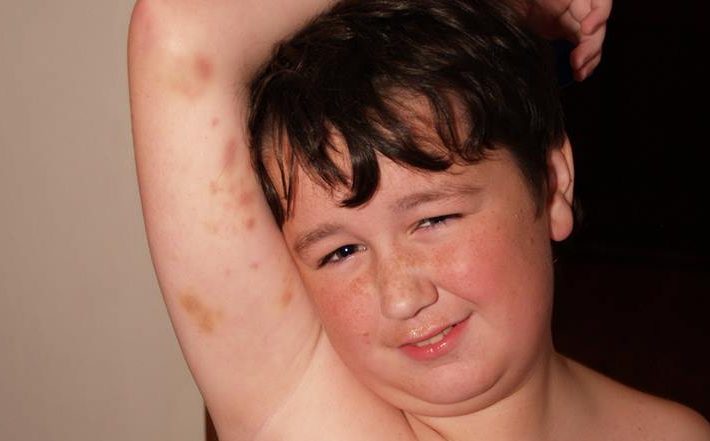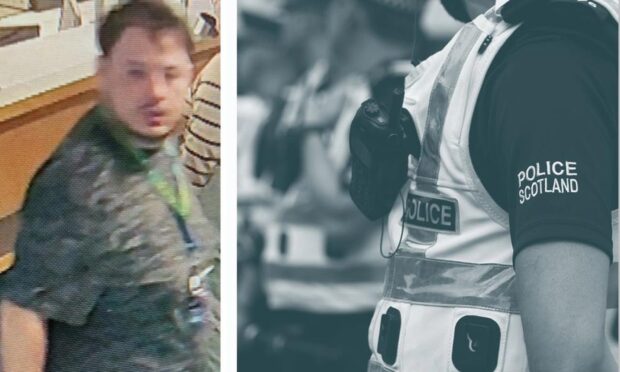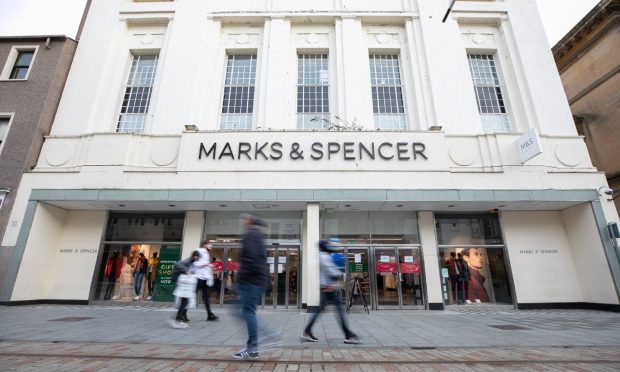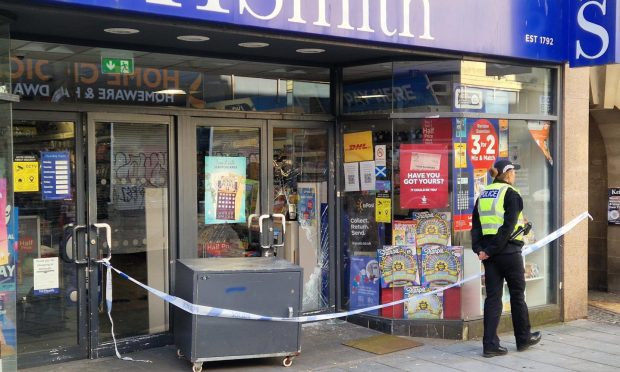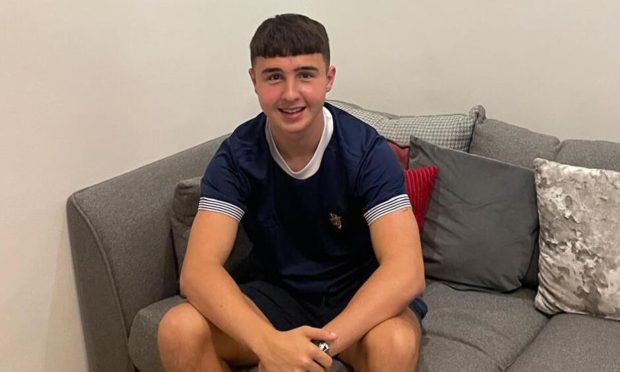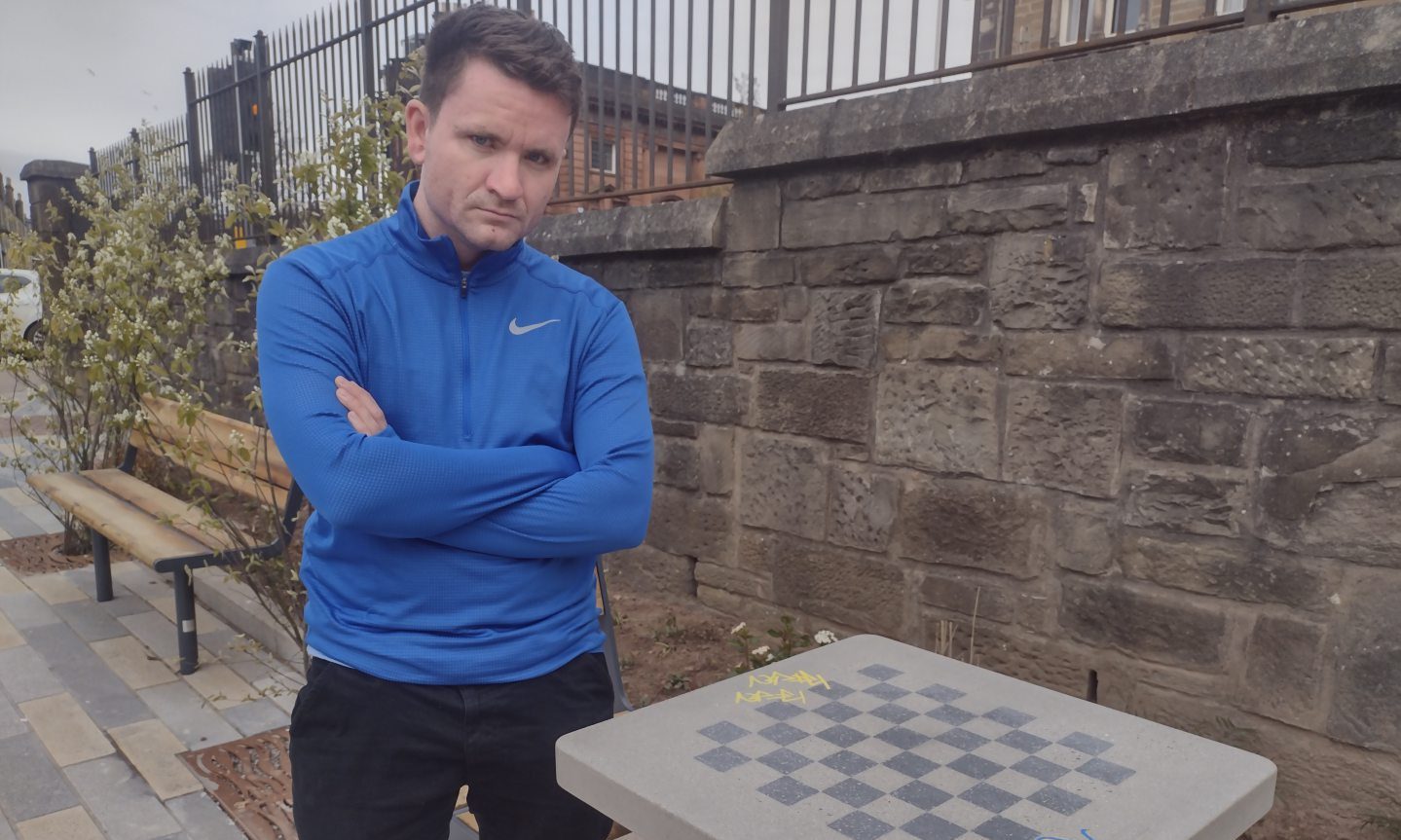A Tayside disability campaigner has called for clearer recording of injuries sustained in special schools after it emerged Dundee pupils were restrained on average four times a week last year.
In 2015/16, there were 158 instances of restraint within a school population of just 180, over a period of 190 school days.
The number of incidents involving restraint had gone up from previous years – in 2014/15 there were 129 and in 2013/14, a total of 132.
However, Dundee City Council does not record information on injuries and police involvement resulting from restraint separately from mainstream schools, meaning it is not possible to find out the numbers for special schools alone.
Beth Morrison, a mother of a disabled child and campaigner for the end of restraint methods, said the recording system was “not fit for purpose”.
She said: “How can we make a difference when we don’t have access to information about what’s happening where?
“There should be a clearer system of recording, which is consistent throughout Scotland.
“At the moment it’s up to local authorities how they record these incidents, and it’s clearly not effective.
“We need to know why there are so many incidents of restraint – is it because it’s easier for the staff, and is it being used as a form of punishment?
“These are not ‘mainstream’ children who are simply misbehaving – these are the most vulnerable children with disabilities, many of whom can’t even speak.
“In many cases, the child is unable to effectively communicate ‘I’m in pain, or hungry, thirsty, or experiencing over-stimulation’
“That’s when they present distressed behaviour, which is often labelled as challenging behaviour.
“We must move away from physical interventions — it’s a reactive strategy, we need to be much more pro-active and instead meet the needs of these kiddies, by using positive behaviour support to help improve outcomes not just for the children, but for the staff supporting them.”
Reasonable force can be used to keep people safe, prevent damage to property or to prevent disorder but what is reasonable is down to the judgement of the teacher.
Scotland-wide, 17 out of 32 local authorities provided data about restraint, reporting 4,383 restraints and 157 injuries over a three year period.
There is an ongoing police investigation after injuries sustained by a pupil at Kingspark School in Dundee in 2010, as well as allegations by a number of parents.
A Dundee City Council spokesman said: “The council is cooperating fully with an ongoing police investigation and will be making no further comment until that has been completed.”
A police spokeswoman added: “Following a recommendation from the Police Investigations Review Commissioner in 2014 Police Scotland initiated an investigation into the circumstances surrounding injuries sustained by a pupil at Kingspark School in 2010.
“In addition we also reviewed the police response to a number of concerns raised during 2013 and subsequently undertook further enquiry as a result of our review.
“This has been a particularly challenging case involving very vulnerable witnesses. Police Scotland has sought advice and direction from the Crown Office and Procurators Fiscal Service in relation to some aspects of the investigation.”
